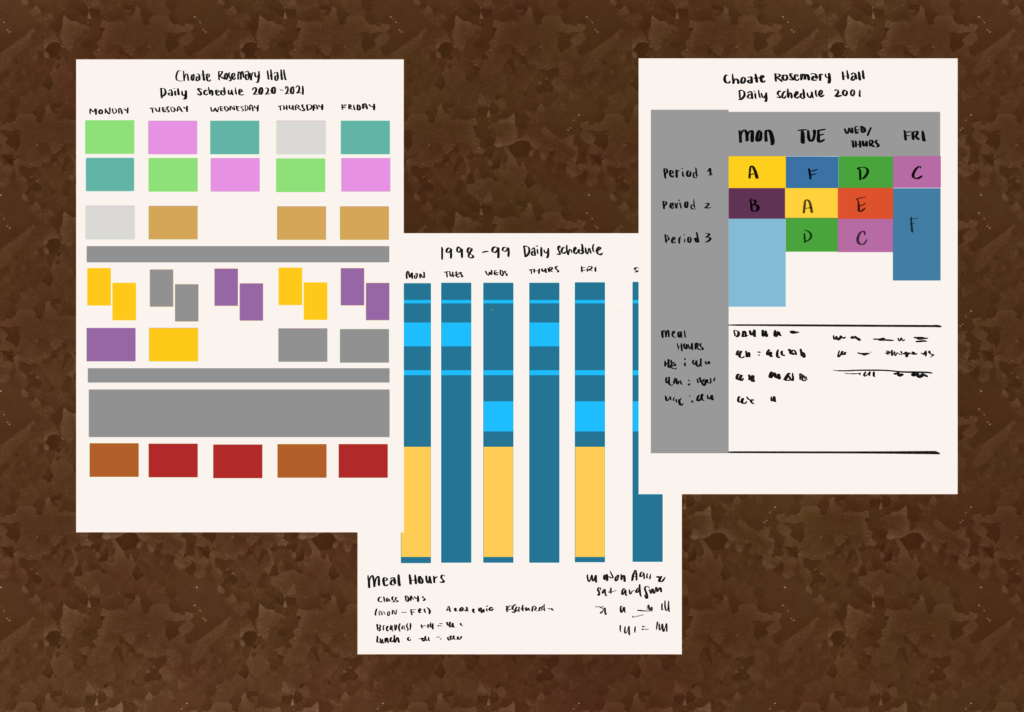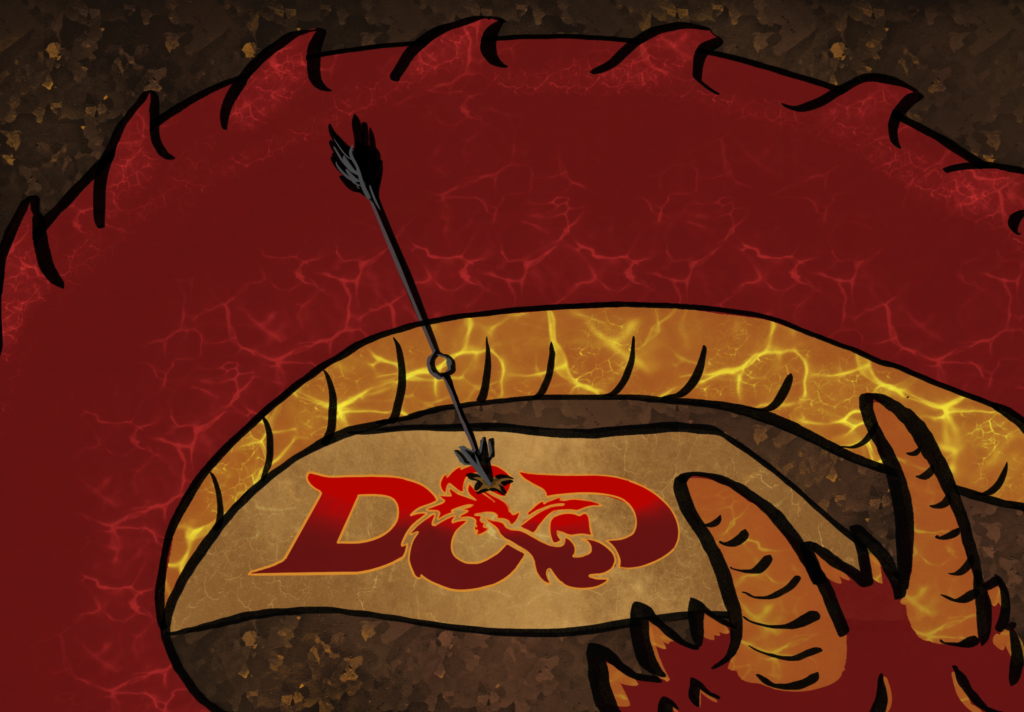Each new school year inevitably brings changes. This time, the Choate community was met with progress on the construction of the new St. John Hall, a host of new students and faculty, and — to the cheers of some and the disappointment of others — a new dress code. In order to better understand how it came to be, I set out to uncover how exactly this dress code was reworked.
In the early spring of 2015, girls in each grade were asked to stay behind separately after their respective form meetings. The deans told the girls that they needed to be mindful of how they dressed, especially in terms of shorter or more revealing clothing. Esul Burton ’16, who was a junior at the time, remembered feeling outraged. She said, “The dress code is a collective responsibility of the student body to uphold, and there should not be any assumptions that it is only women at Choate who violate it.”
Burton realized that the problems extended beyond the typical student complaints of wanting to wear sweatpants: the structure, language, and enforcement of the dress code varied unfairly based on students’ perceived genders. And so, Burton began drafting a petition. In general, she felt that “the values that were in the Statement on Character and Statement on Expectation were not necessarily related to the values of the dress code.” Burton brought her draft to the co-presidents of Students Advocating Gender Equality (SAGE) and then to the rest of SAGE, some dorms, and trusted faculty for further revision.
The Student Council also proposed changes to the dress code at around the same time. These changes were at a much smaller scale, mostly involving additions to the existing “do and don’t” list. However, in the administration’s view, it did take priority over SAGE’s petition, and so SAGE’s petition was never formally submitted or discussed. According to Burton, although the Student Council proposal was a more influential factor in the decision to form the Dress Code Committee, SAGE’s petition more closely resembled the final product — the dress code we have today.
At the beginning of the following school year, in the fall of 2015, Dean of Students Mr. James Stanley began accepting faculty volunteers and student applications to establish the Dress Code Committee.
The Committee ultimately had five faculty representatives: Mr. Jesse Minneman, who was the chair, Ms. Ellen Devine, Mr. Sam Doak, Ms. Catherine Velez, and Ms. Judi Williams. It also had five student representatives: Burton, who was the SAGE representative, Shamari Harrington ’18, Dylan Stafford ’16, Mark Su ’18, and Cecilia Zhou ’17, who was the Student Council representative.
Many of the early meetings consisted of general, philosophical dialogue about the purpose and impact of dress codes. As Mr. Doak recalled, they had “free form conversations meant to orient us towards some sort of proposal.”
One such conversation was about clothing materials. Su’s parents manufacture clothes, so he has extensive knowledge about the subject. He explained to the Committee that under the old standard for boys’ dress, the clothes the students had to purchase were not only more expensive but also less durable. Why? Collared shirts, khakis, and other similar clothing items are harder to make, and so they tend to be made with lower quality materials that do not hold up well against sweat or multiple washings.
The Committee concluded that the notion of “dress for success” is antiquated. Blue jeans, for example, are common — and in fact, expected — in Silicon Valley. The correlation between external appearances and achievements has grown weak.
Furthermore, the Committee determined that the old dress code was, in the words of Mr. Minneman, “a history of piecemeal changes.” As fashions shifted and students tried out new clothing items, the faculty had to make decisions on whether to allow it or not. And thus, the dress code was largely a series of reactions to changing trends rather than a cohesive document.
How, then, could that problem be addressed? The advice of Ms. Rosetta Lee, the 2015 Diversity Day keynote speaker, provided a source of inspiration. While visiting Choate, Ms. Lee spoke to the faculty about school climate. She mentioned that for her students, who were in middle school, she had a “statement of intent,” which focused on aligning the standards of dress to the values of the school.
During the fall committee meetings, Ms. Williams brought up this statement and Ms. Lee’s ideas. She reasoned, “If middle schoolers can grasp what it means to be mindful of the messages that are often sent or received by certain clothing choices, it makes sense that our older students can grasp those concepts as well.” Zhou described the statement as “the turning point of our work,” and it has since been shaped into the “General Philosophy” section of the new dress code.
From this point forward, the Committee knew that it would likely be a creating a new dress code, not just revising the old one. Mr. Minneman explained, “Having general positive statements, de-gendering, and providing students with greater agency but also encouraging faculty to have conversations with students — those were all things we all agreed on. Once we realized that, we realized that we would probably be rewriting everything from scratch.”
Much of the subsequent debate was on the exact language that would be used. This back-and-forth continued through winter term and into the spring term of 2016. A semi-finalized draft was brought to the deans and to a voluntary faculty meeting for feedback and revision. Then, it was brought to a vote before the full faculty — a majority were in favor of the new dress code.
Some faculty are in disagreement with the decision, however. Mr. John Ford, for example, does not like the increased casualness the new dress code allows. “We now can have kids going to class wearing T-shirts, jeans, or sweatpants. As far as I’m concerned, that’s a loss,” he said. Mr. Ford also wishes the full faculty had an opportunity to discuss the issue as a group, instead of only the voluntary meeting.
As for how satisfied the Committee is with the result, Mr. Minneman concluded, “I don’t think anyone claims the dress code is perfect, but we’re satisfied that, in the end, it captures the values of the school and reflects the spirit of the community.”





